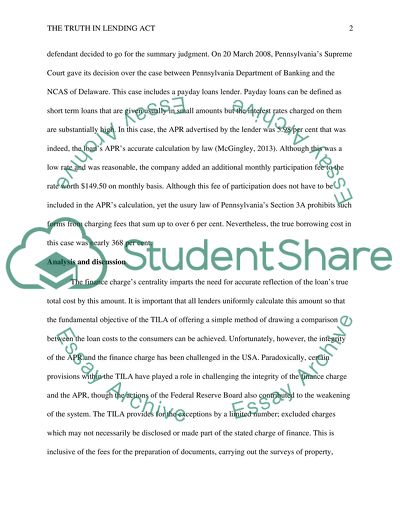Cite this document
(“The truth in lending act Research Paper Example | Topics and Well Written Essays - 1500 words”, n.d.)
Retrieved from https://studentshare.org/law/1475338-the-truth-in-lending-act
Retrieved from https://studentshare.org/law/1475338-the-truth-in-lending-act
(The Truth in Lending Act Research Paper Example | Topics and Well Written Essays - 1500 Words)
https://studentshare.org/law/1475338-the-truth-in-lending-act.
https://studentshare.org/law/1475338-the-truth-in-lending-act.
“The Truth in Lending Act Research Paper Example | Topics and Well Written Essays - 1500 Words”, n.d. https://studentshare.org/law/1475338-the-truth-in-lending-act.


